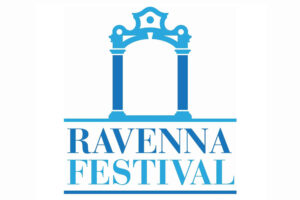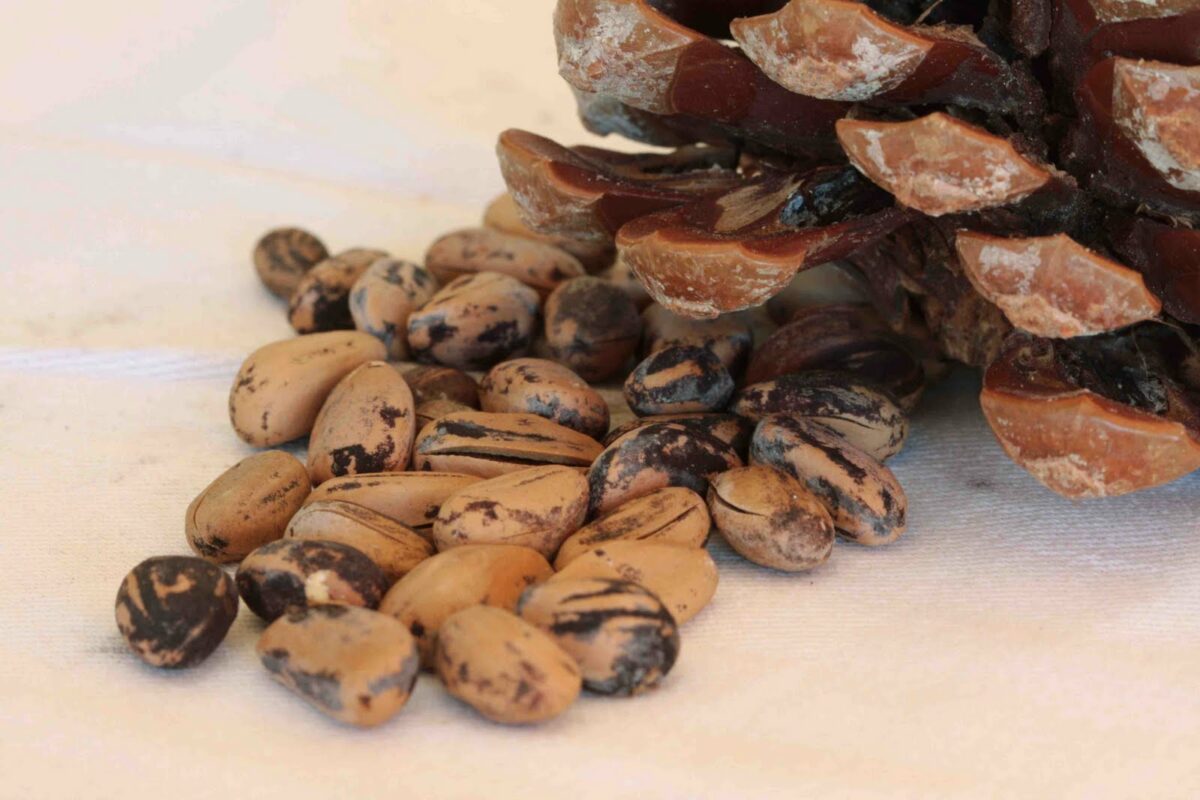The PINE NUTS of Ravenna are among Italy’s and the world’s best ones, and are at the core of a flourishing trade and a long story of culinary art since centuries.
Since medieval times, pine nuts were harvested and sold as precious products and supported part of the local economy, so much so that their exploitaition was strictly regulated. During the 16th and 17th century, when woods belonged to the abbots, normal people could only use them to graze livestock or collect firewood. The real economic explotation of pine woods was an exclusive prerogative of the monks, who could get wood, pine cones and pine nuts, tar and charcoal to produce ink.
Different documents, such as Messisbugo’s cookbook from 1559, state that pine nuts were an essential ingredient in many dishes, such as casseroles, meatballs, pies, stuffings, lasagnas, soups and jams. Tanara also underlines that their health properties for the treatment of urinary and respiratory tract problems were known as far back as the 17th century.
The difficult task of collecting pine nuts was entrusted to the “pinaroli” (pine nut collectors), who lived in large houses in the pine woods throughout the months of work, usually between October and April. These buildings were little used in the last decades, but today they are at the core of a restoration and recovery project involving different places, local products and traditions.







